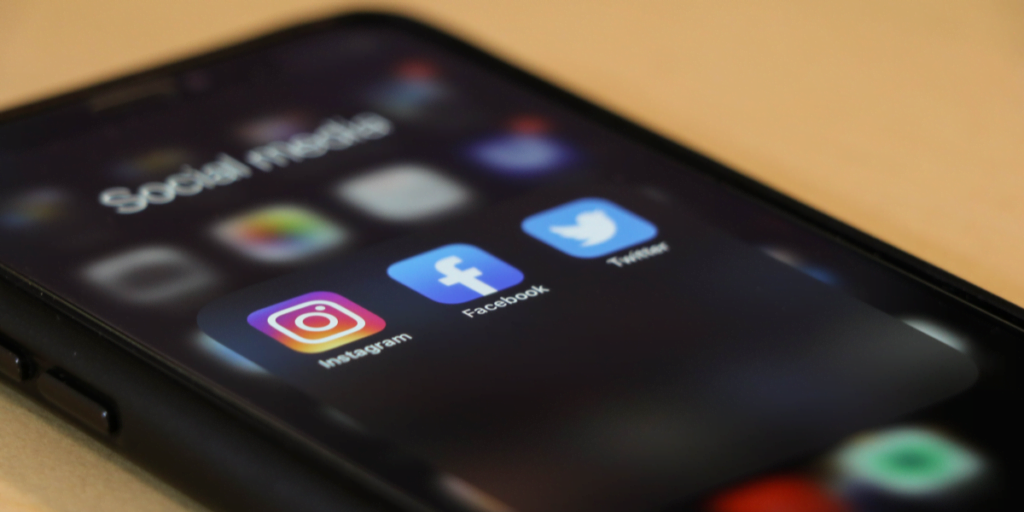Social media monitoring is an essential element for companies. In an increasingly data-driven culture, gathering information about your audience in real time is a unique chance to manage your business strategically.
What is Social Media Monitoring
Today Brazil has more than 140 million active social media users. Channels such as Facebook, Twitter and Instagram had, in 2020, 49 billion video views and 4.7 billion interactions in the country.
All this volume of data needs to be closely followed, in a careful and focused follow-up and measurement process. This is done through social media monitoring, with which brands track how the public interacts with certain topics on social channels.
This work begins by identifying and classifying mentions – comments, emojis, reactions, etc. – and moves on to replying to and serving users. Data analysis (also called social listening) is an important next step, which we will talk about later.
4 reasons to do real-time media monitoring
For a deeper understanding of why brands and communication professionals should value real-time social media monitoring, check out the 4 reasons we selected for our article.
1 – Be where your audience really is
Social media monitoring allows you to identify in which channels your target audience is interacting. This information allows you to direct your communication, commercial, and customer service efforts, optimizing resources.
Furthermore, by knowing your audience’s preferences on social channels, you also have additional data to design or refine your profile. Technology usage, network usage time, and demographic profile are key pieces to design marketing strategies.
2 – Answer at the right time
By maintaining a real-time observation process, you can identify demands, criticism, or praise quickly. With this, your entire customer relationship machine can act in an agile manner.
When answering demands and criticism with speed, you demonstrate interest and proximity. And, mainly, you avoid unnecessary wear and tear due to lack of or delay in returns.
3 – Identify threats and opportunities
Real-time social media monitoring speeds up the process of identifying threats and opportunities. Comments about your brand or a competitor’s, or a social movement that impacts your market can be located before they go viral.
One example of this is the #DesmonetizaSikeira movement, which rocked Twitter in the last days of June 2021.
Rede TV host Sikeira Jr., known for his politically incorrect comments, has been promoting hate speech against the LGBTQIAP+ community. All with the sponsorship of brands such as Americanas, Sky, MRV and HapVida.
As a result, personalities such as former congressman Jean Wyllys and senator Fabiano Contarato (Rede-AP) demanded an attitude from the brands on the networks. MRV and HapVida quickly responded by saying they had removed the program from their media plans, reducing damage to their images.
4 – Have an agile and proactive social listening strategy
As we saw at the beginning of this text, social media monitoring consists of keeping an eye on what happens on channels such as Facebook and Instagram. But a strategic digital plan also needs to include the evaluation of the data collected.
Social Listening is a less dynamic process, but fundamental to transform information into valuable data for competitive intelligence actions. It is necessary to dive into interactions and mentions to assess market trends, identify risks and long-term opportunities, threats to the brand or to products and services, etc.
It is with Social Listening that your brand will be able to:
- Identify influencers that are aligned with brand values
- Anticipate trends
- Evaluate communication actions
- Monitor the public’s response to your relationship model
- Create authority on important themes for the brand
- Boost sales
Read more:
E-book: 8 tips of monitoring marketing actions on social media
How to monitor brands effectively
Effective brand monitoring means a complete, agile, and bottleneck-free strategy. For this, you need to build effective social media monitoring and can start from the following premises:
- Set clear and concise objectives.
- Map out the social media that should be monitored.
- Choose the keywords that must be analyzed in the digital environment.
- Choose a tool to collect and classify the information.
- Format the categorization of the monitored content based on sentiment analysis.
- Organize the work process of monitoring analysis, defining:
- Qualitative metrics
- Regularity of report delivery
- Report recipients
But how to streamline the media monitoring strategy? After all, the volume of data generated daily in social media requires specific tools to perform effective monitoring.
Knewin Social, for example, is a complete platform that allows the collection and categorization of mentions in an automated way, through artificial intelligence. Want to know more about our solution? Then just click and request a free demo.








